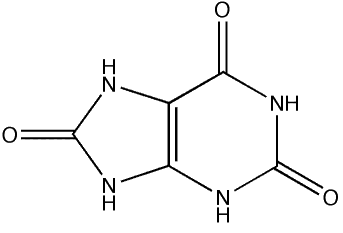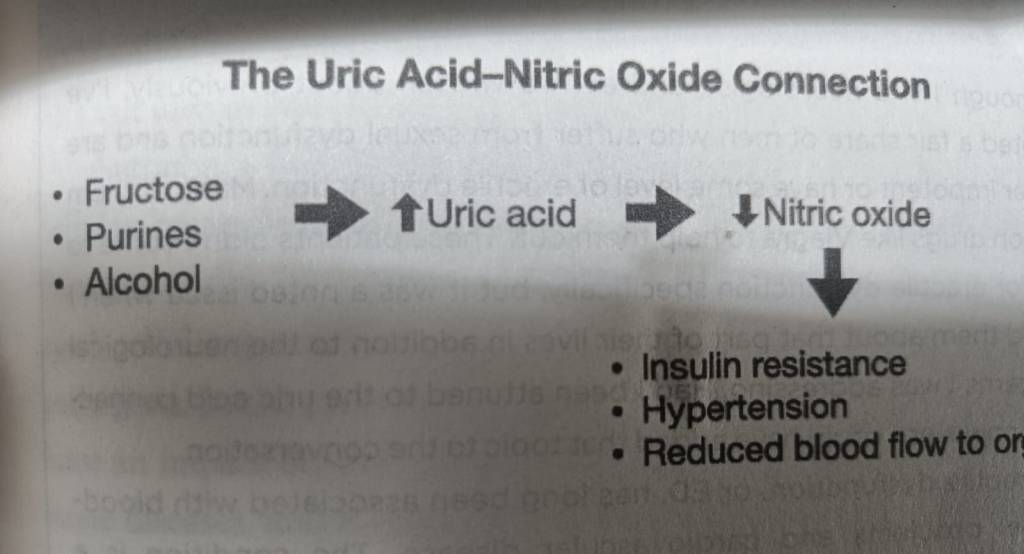High Uric Acid Levels in Indian Populations
In few recent cases, I find many individuals with elevated uric acid levels. One particular case stands out, where the individual is a teetotaler, consumes minimal fructose or white sugar, and adheres to a vegetarian diet. This intriguing scenario made me delve deeper into the subject of uric acid.
Research identifies three primary sources contributing to these elevated levels, apart from endogenous production:
1) Fructose: Commonly found in white sugar, fruits, beverages, fruit juices, and packaged foods.
2) Alcohol consumption.
3) Purines: Organic compounds prevalent in various Indian food sources. The purine content is higher in meat, seafood, bread, beans, legumes, dals etc. It’s noteworthy that even staple vegetarian ingredients such as Urad dal, a key component in Indian dishes like dosa and idli, contain significant levels of purines. Does this make a case for high uric acid in South India where the consumption is significantly high for ‘Urad dal’? Likewise could wheat and lentils be a factor for north India? Or sea food for coastal regions? I won’t be wrong if I summerise that Indians generally have high purines food across.
Interestingly, the presence of fiber in fruits and the relatively low purine content in vegetables may not cause high Uric acid.
Lets dive into Indian diets to see what’s causing us high Uric Acid:
a) Packaged food consumption doesn’t apply in India, reducing the intake of harmful fructose sources. However, the consumption of sweeteners like white sugar/jaggery is pretty common in Indian households across societies in tea, milk, deserts, or even in food in certain regions.
b) While alcohol consumption cannot be discounted entirely, it’s noted that many cases of elevated uric acid occur among teetotalers, particularly women.
c) While it’s plausible that uric acid production from purines alone may not fully account for heightened levels, its role cannot be fully disregarded.
However, one may question the persistence of high uric acid levels among individuals who do not consume excessive sugar, alcohol, and adhere to a vegetarian diet just like the case I highlighted above.
One of the most intriguing scientific revelation for me in the past year is Dr. Rick Johnson’s work showcasing body’s ability to convert glucose into fructose. This discovery potentially sheds light on why Indians may be prone to high uric acid levels. Given our carbs intake in all 3 meals, sweet tea (& biscuit)/drink, and festivities; it’s plausible that we often activate this conversion pathway.
According to Dr. Rick, our bodies possess an inherent mechanism that facilitates the transformation of excess glucose into fructose. Considering that uric acid is a byproduct of fructose metabolism, it then makes sense to have high uric acid. Who knew? As Dr David Perlmutter would put it.
Question: Could the presence of high glucose levels, through conversion to fructose, in addition to dietary purines, contribute to elevated uric acid levels among Indians?
Yes.
High levels of uric acid have been linked to various health conditions including gout, obesity, heart disease, kidney disease, metabolic syndrome, and liver disease. Renowned scientists have identified elevated uric acid as a common factor in many chronic diseases.
So its important to keep it under check.
There are multiple pathways to disrupt functioning at various levels within out body. To explain this, here is one explained by Dr David Perlmutter in his book ‘Drop Acid’ that explains how one thing leads to another. Insulin resistance leads to diabetes, obesity, heart disease etc. Likewise hypertension or reduced blood flow to organs can disrupt the functioning of our machinery in multiple ways.
Overall, it does make sense to have C Reactive Protein checked together with Uric acid. C reactive protein being an inflammatory marker and could be as important to measure as Cholesterol Or Sugar when we draw our blood.



